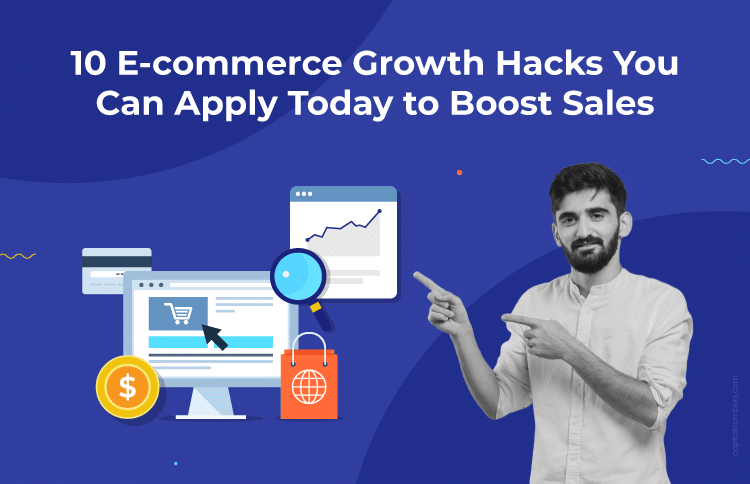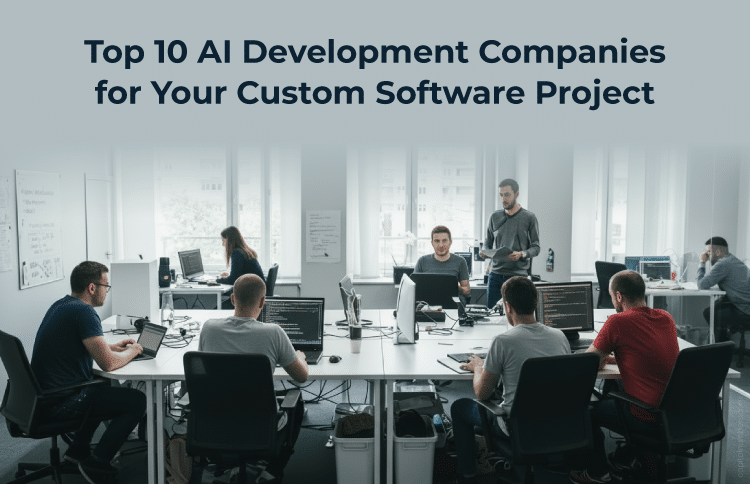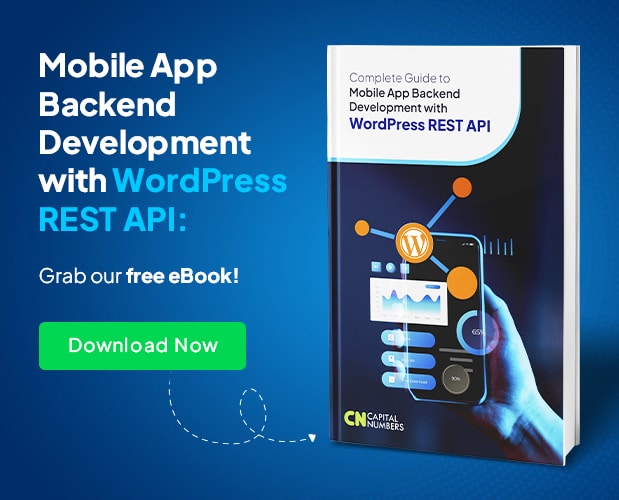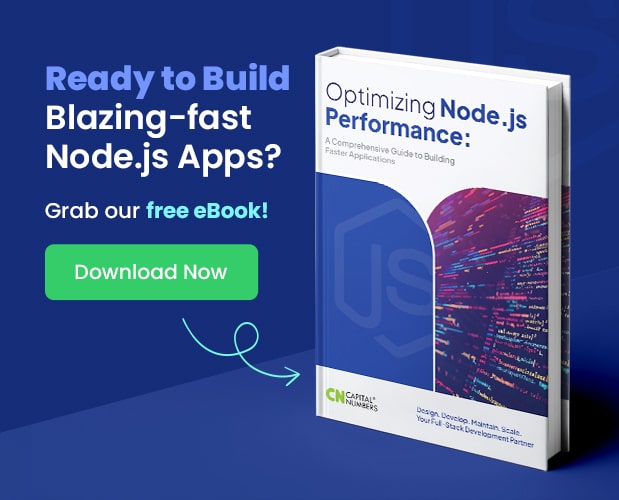10 E-commerce Growth Hacks You Can Apply Today to Boost Sales
Table of Contents
Looking for ways to take your E-commerce business to the next level? With various options out there, it can be challenging to determine which growth strategies will deliver the best results. Whether you’re looking to increase conversions, enhance customer retention, boost your average order value, or want all of them, there are proven tactics that can help.
In this blog, we’ll share 10 actionable E-commerce growth hacks for Shopify, WooCommerce, BigCommerce, or a headless setup. From optimizing your product pages to using email marketing and personalization, these strategies will help you turn your online store into a revenue-generating conversion driver. So, what to wait for? Let’s get started!
What Are E-Commerce Growth Hacks?
E-commerce growth hacks are innovative, low-cost strategies or techniques used to quickly scale an online business, boost sales, and improve customer engagement. Unlike traditional marketing strategies, growth hacks are often experimental, data-driven, and focus on achieving high returns with minimal investment. These tactics are designed to optimize various aspects of your E-commerce store – from user experience and website optimization to marketing efforts – helping businesses achieve rapid growth in a competitive landscape.
By implementing effective growth hacks with your team or choosing E-commerce development services, you can improve customer acquisition, retention, and loyalty while reducing operational costs. Here’s a closer look at the key features of effective E-commerce growth ideas:
Key Aspects of E-Commerce Growth Hacks:
- Data-Driven: They rely heavily on analytics to make informed decisions and measure results, ensuring every tactic is effective and optimized.
- Cost-Effective: Many growth hacks are focused on maximizing output with minimal investment, making them ideal for businesses with limited budgets.
- Scalable: These strategies are designed to grow alongside your business, allowing for easy adaptation as your needs evolve.
- Innovative: Growth hacks often involve creative, out-of-the-box solutions that challenge traditional marketing methods, helping businesses stand out.
- Customer-Centric: They prioritize enhancing the customer experience, from personalized marketing to smoother checkout processes.
- Quick to Implement: Many growth hacks can be executed rapidly, allowing businesses to see immediate results.
- Results-Oriented: Every growth hack is designed with a specific outcome in mind, whether it’s increased conversions, higher engagement, or more repeat customers.
Top E-commerce Growth Hacks to Boost Sales
There are various strategies you can implement to grow your online store. While some may work better than others, we’ve handpicked the most effective E-commerce growth hacks that can make a difference for your business.
1. Optimize Your Product Pages for Conversion
Your product page is crucial to closing a sale, so it’s important to get it right. A seamless, engaging experience can turn casual customers into loyal buyers. Focus on conversion rate optimization to reduce friction, build trust, and create a smooth path to purchase.
- Key Actions: Use crisp, high-quality images and videos that show the product from every angle. Write concise and benefit-driven copy that tells the customer what the product does for them, not just what it is. Ensure the design is fast, mobile-friendly, and easy to navigate.
- Trust Signals: Instantly reassure shoppers by prominently featuring customer reviews, star ratings, and other social proof directly next to the purchase button.
- Call-to-Action (CTA): Make your “Add to Cart” or “Buy Now” buttons clear, compelling, and contrasted perfectly with the rest of the page to drive immediate action and reduce hesitation.
2. Offer Limited-Time Bundles or Flash Sales
This proven E-commerce growth strategy uses psychological principles to drive sales by encouraging bulk purchases and quick decisions.
- Create Urgency: Use visible countdown timers on your site and product pages to spark urgency, motivating hesitant shoppers to make a purchase before time runs out. This taps into the powerful Fear of Missing Out (FOMO) to push immediate conversions.
- Bundling: Strategically bundle complementary products together at a discounted price compared to buying them separately. This is an immediate and effective tactic to boost your Average Order Value (AOV).
- Promotion: Maximize the reach of your limited-time offers with targeted email campaigns, SMS alerts, and social media posts. Ensure your loyal customers are the first to know, creating excitement and driving more traffic to your site.
3. Launch a Cart Abandonment Email Sequence
A large portion of your potential revenue is tied up in abandoned carts, making this a crucial, high-ROI strategy for E-commerce.
- Recover Lost Sales: Set up an automated, personalized email sequence to follow up with shoppers who leave items behind. Send the first email within an hour of abandonment to maximize the chances of recovery and re-engage the shopper while the intent is still fresh.
- Incentives: The second or third email in the sequence should strategically include a small discount or free shipping offer to provide the final push for completion, overcoming any last-minute price objections.
- Behavioral Triggers: Set up sophisticated automated emails based on other shoppers’ behavior, like sending an email when a high-value item has been left in a wishlist or viewed repeatedly over several days.
4. Use Social Proof on Key Pages
Shoppers place more trust in the opinions of other customers than in brands, making this Conversion Rate Optimization (CRO) strategy essential for building credibility, especially with new visitors.
- User-Generated Content (UGC): Encourage customers to share photos, videos, and reviews of your products, showcasing them directly on your product pages and in galleries. Displaying testimonials and success stories acts as powerful third-party validation, helping to build trust with potential buyers.
- Real-Time Activity: Install tools to display subtle, dynamic notifications like “Sarah in New York bought this 5 minutes ago” to create a sense of real-time popularity and scarcity on category pages.
- Social Proof Tools: Use plugins or apps that dynamically pull and display real-time purchase activity or product stock levels. This instantly reassures potential customers and provides the social proof they need to feel confident about making a purchase.
5. Use AI-Powered Product Recommendations
Take the guesswork out of product suggestions by using data-driven personalization to make every shopping session feel uniquely tailored to each customer. This cutting-edge E-commerce strategy enhances engagement and boosts conversions.
- Personalization: Implement AI tools to generate highly accurate product recommendations based on a shopper’s browsing history, cart contents, and past purchase patterns. This results in more personalized shopping experiences that drive higher engagement and conversions.
- Upselling and Cross-Selling: Place widgets strategically to suggest related items (“Frequently Bought Together”) or an upgraded, higher-margin product (“Customers also viewed this”) to boost sales and AOV instantly.
- Retention: Encourage repeat purchases by using AI to recommend complementary products or suggest items based on previous orders. Post-purchase emails with personalized recommendations help keep customers coming back for more.
6. A/B Test Your Checkout Flow
The checkout is the last difficulty before conversion; even small fixes here can have massive returns in your conversion rate optimization. Focus on minimizing the cognitive load for the customer.
- Simplify Checkout: Eliminate unnecessary steps, form fields, and distracting design elements to reduce friction. Consider offering a seamless one-click or guest checkout option.
- Testing: Continuously run A/B tests on different elements of the checkout flow, such as the number of steps, the visibility of security badges, and the placement of payment options. Test various payment gateways to ensure a seamless and flexible experience for your customers.
- Measure Impact: Use analytics to track the drop-off rate at each stage of the checkout funnel. Make data-driven adjustments to refine and optimize your process for maximum efficiency and increased conversions.
7. Add Exit-Intent Pop-ups with Offers
Don’t let valuable traffic leave empty-handed. This tactic is a powerful effort to keep a visitor engaged and turn a potential bounce into a lead or a sale.
- Capture Leads: Trigger exit-intent pop-ups when a visitor shows signs of leaving your site, such as moving their mouse toward the browser’s exit button. This signals a last opportunity to engage before they leave.
- Offer Incentives: Use the pop-up to present a compelling offer, such as a first-time discount (e.g., 10% off), a free shipping offer, or exclusive content in exchange for their email address, motivating them to stay or make a purchase.
- Behavioral Segmentation: Customize the offer based on user behavior. For example, if a visitor spends a considerable amount of time on a particular product category, offer them a targeted discount on that product or category to encourage them towards a purchase.
8. Track KPIs with a Real-Time Dashboard
You can’t optimize what you don’t measure. A data-first approach is the backbone of any successful E-commerce growth idea and allows you to react quickly to trends.
- Key Metrics: Focus your dashboard on critical performance metrics: Conversion Rate, Average Order Value (AOV), Customer Acquisition Cost (CAC), and Customer Retention Rate. Don’t get lost in vanity metrics that don’t drive real business results.
- Use Analytics Tools: Use powerful platforms like Google Analytics, your chosen platform’s built-in reports, or specialized analytics software to gather and centralize your data for easy viewing.
- Data-Driven Decisions: Review your dashboard weekly, or even daily, to identify your biggest blocks and drive data-driven decisions to refine your tactics and allocate marketing spend effectively.
9. Run Retargeting Ads on Social and Search
A majority of first-time visitors won’t make a purchase immediately, often requiring multiple exposures to your brand. Bring them back with highly targeted, timely ads.
- Re-engage Visitors: Use dynamic product ads on platforms like Facebook, Instagram, and Google. These ads automatically display the exact products to visitors that they viewed on your site, encouraging them to return and complete their purchase decision.
- Segmented Audiences: Create highly targeted ad campaigns based on specific user behavior (e.g., viewed a product vs. added to cart). Tailor the ad copy and offer based on exactly where they left off in the funnel.
- Optimize Spend: Monitor the Return on Ad Spend (ROAS) of your retargeting campaigns to track performance. Continuously adjust your budget to focus on high-converting segments, ensuring your ad spend is efficiently driving profitable revenue.
How We Built a Top-notch E-commerce Portal?
The client, specializing in water-based inks and eco-friendly printing, wanted a compelling E-commerce site to sell ready-made products (e.g., apparel, board pins, stickers) and allow customers to personalize items like t-shirts, caps, and hoodies.
Learn how our team used WordPress, WooCommerce, Amazon AWS, Bootstrap, and other tools to deliver a highly scalable site with an easy checkout process, convenient filtering, advanced search, and improved navigation. [Read the full case study here]
10. Partner with Micro-Influencers or Affiliates
Access new, highly-engaged audiences built on genuine trust without the massive cost of celebrity endorsements. This expands your reach beyond traditional paid social media.
- Tap into Niche Audiences: Find micro-influencers (with 1,000 – 50,000 highly engaged followers) whose audience aligns perfectly with your product niche. Their authentic recommendations translate into high-quality sales.
- Affiliate Programs: Set up a simple commission-based program that rewards affiliates (who are essentially external sales reps) for driving traffic and verifiable sales. This is a low-risk, high-reward strategy as you only pay for actual conversions.
- Track Performance: Use a dedicated affiliate platform to monitor which partners and campaigns are driving the most revenue, allowing you to focus your outreach efforts where they consistently perform best.
Things to Consider before Implementing E-commerce Growth Hacking Strategies
While the promise of rapid growth is appealing, executing these E-commerce growth hacks without preparation can actually damage your brand and waste valuable resources. Before launching any new E-commerce strategy, pause to consider these foundational elements.
1. Know Your Data and Pain Points
Before optimizing, you must know what’s broken. Use your analytics dashboard (Hack #8) to pinpoint the exact stage where customers are dropping off. Focusing your CRO efforts on E-commerce is the biggest leak in your funnel, ensuring the highest return on investment. Record your current Conversion Rate, Average Order Value (AOV), and Customer Acquisition Cost (CAC) before applying any hack to accurately measure the impact of your new sales strategy for E-commerce.
2. Ensure Technical Stability and Speed
A slow or buggy site will invalidate even the best growth hack. Test your site’s speed on desktop and mobile devices. If your platform (whether it’s Shopify, Magento, or custom) takes more than 3 seconds to load, fix the speed issue first. Verify that all your current tools – analytics, payment gateways, and inventory systems – are working seamlessly before introducing a new layer of complexity.
3. Inventory and Operational Capacity
A sudden burst of sales is a victory, unless you can’t fulfill the orders. Confirm that your inventory system is accurate and that you have sufficient stock for the products you plan to heavily promote (Hack #2: Bundles/Sales). Ensure your warehouse and customer service teams are prepared to handle the increased demand that accompanies successful growth.
4. Legal Compliance and Trust Factors
Trust is the currency of E-commerce. When implementing hacks that collect user data (like email sign-ups via pop-ups or personalization via AI), ensure you are fully compliant with privacy regulations (GDPR, CCPA). Also, ensure any social proof or reviews are genuinely representative of actual customer behavior, as misleading displays erode the trust you are trying to build.
Bottom Line
E-commerce growth is driven by smart, strategic actions. The growth ideas we have covered offer practical ways to boost sales, improve conversions, and strengthen customer relationships. From optimizing product pages to using AI for personalization, these strategies can deliver effective results.
Success, however, relies on more than tactics; it’s about understanding your data, ensuring your systems can handle growth, and being ready for the demand these strategies may create. By continuously testing and refining your approach, you can unlock the full potential of these growth hacks.
Start applying these strategies today, track your progress, and watch your E-commerce sales grow. The future of your store is in your hands!
Frequently Asked Questions
1. Why are growth hacks important for E-commerce businesses?
They allow online brands to test new ideas quickly, identify what works, and scale successful tactics. This helps improve sales, customer lifetime value, and return on marketing spend.
2. How can I measure the success of a growth hack?
Track key metrics like conversion rate, average order value (AOV), repeat purchase rate, and customer acquisition cost (CAC). If a change leads to measurable improvement in these areas, it’s working.
3. How often should I test new growth hacks?
Continuously. Growth hacking is an iterative process. Test one idea at a time, gather data, and refine your approach. The goal is to build a sustainable system of continuous improvement.
4. Can growth hacks work for small online stores or startups?
Absolutely. Growth hacking levels the playing field. Small E-commerce stores can use agile, low-cost experiments to compete with larger brands by focusing on creativity and customer experience.
5. How can E-commerce development services support growth hacking?
Professional E-commerce development teams can help you automate marketing workflows, improve site performance, integrate analytics tools, and create scalable features that support long-term growth.

















